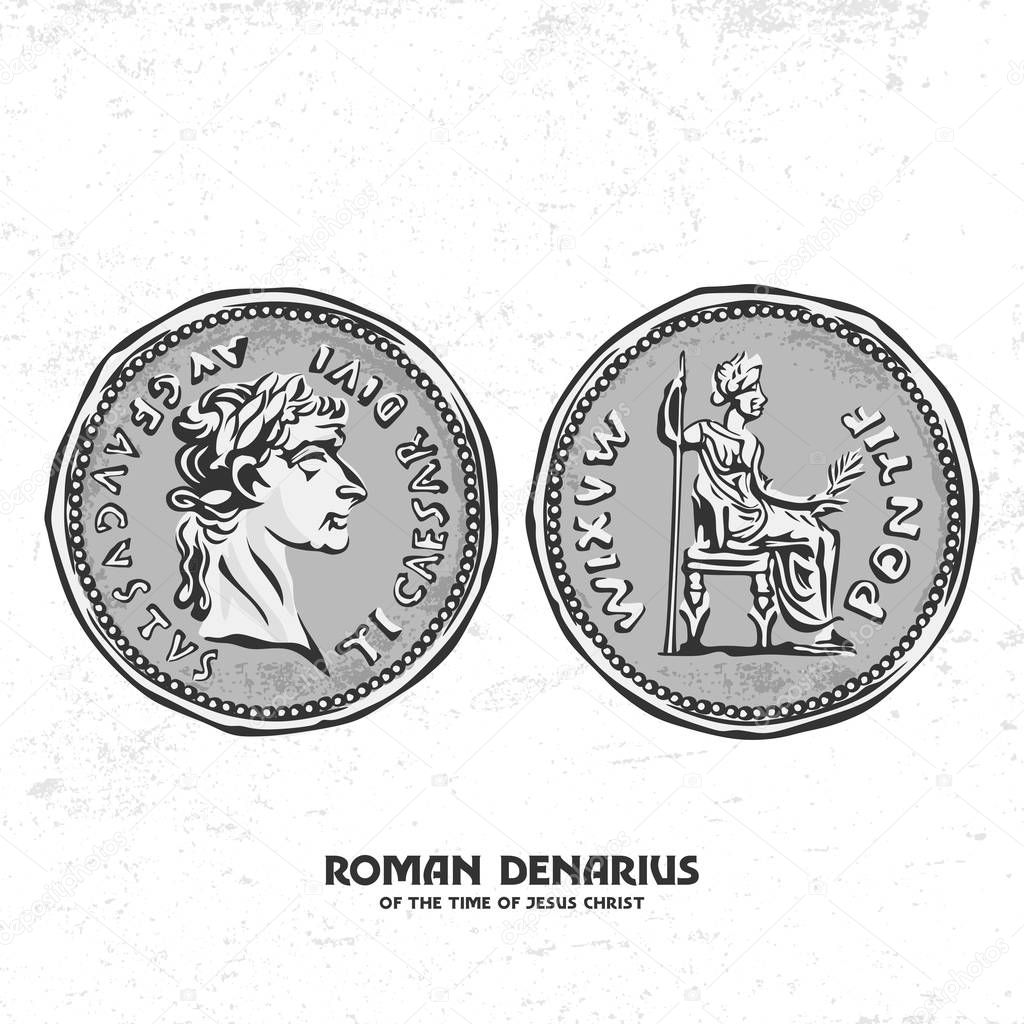
You might not think much about losing a quarter under the sofa, but imagine losing a coin worth $100 or more! This helps us understand why the woman turned her house upside down to find it. In the parable of the lost coin (Luke 15:8-10), a woman loses one of ten “silver coins” - literally, a drachma. Can you picture owning a bottle of perfume worth nearly a year’s salary? Can you picture doing with it what Mary did? This helps us appreciate the sacrifice she made to honor Jesus that day. When Mary of Bethany used a bottle of perfume to anoint Jesus’ feet, Judas complained, “Why wasn’t this perfume sold for 300 denarii and given to the poor?” (John 12:1-8). Literally, he calls it “the two drachmas.” This helps us understand the relative cost of this tax to the average Jewish man: about two days’ wages. Matthew 17:24 mentions the tax that was collected from Jewish males to support the temple. To appreciate the value of a denarius, then, imagine that it was worth the amount you earn in a day.

So a worker might expect to earn a little over 300 denarii in a year.
DENARIUS IN JESUS TIME MANUAL
Typically, one denarius (or one drachma) was considered a fair wage for a day of manual labor (as reflected in Matthew 20:2). Roughly equivalent to the Roman denarius was a Greek coin called the drachma. The coin itself, except for its historical value, would be worth only a few cents today, but it was a standard measure of money in the first century. The denarius was a Roman unit of coinage, usually imprinted with image of the emperor (see Matthew 20:19-21).

That, in turn, may help us better appreciate the lessons that are being taught. We can see what those values would have meant to the original audience. Doing so can help us better appreciate a number of passages that mention monetary values. Perhaps the best we can do is to get an idea of what a sum of money was worth in terms of wages or purchasing power in first-century Palestine. You have to try to account for inflation, social differences, and numerous other factors. Furthermore, it’s not easy to assess the relative value of 2,000-year-old currency. Exactly how much was a talent? a denarius? a mite? Those terms mean little to people who are used to talking in dollars and cents. Of course, the gospels’ references to money present us with some difficulties. Among those oft-mentioned everyday realities: money.

The gospels frequently refer to common features of daily life in the first century.


 0 kommentar(er)
0 kommentar(er)
